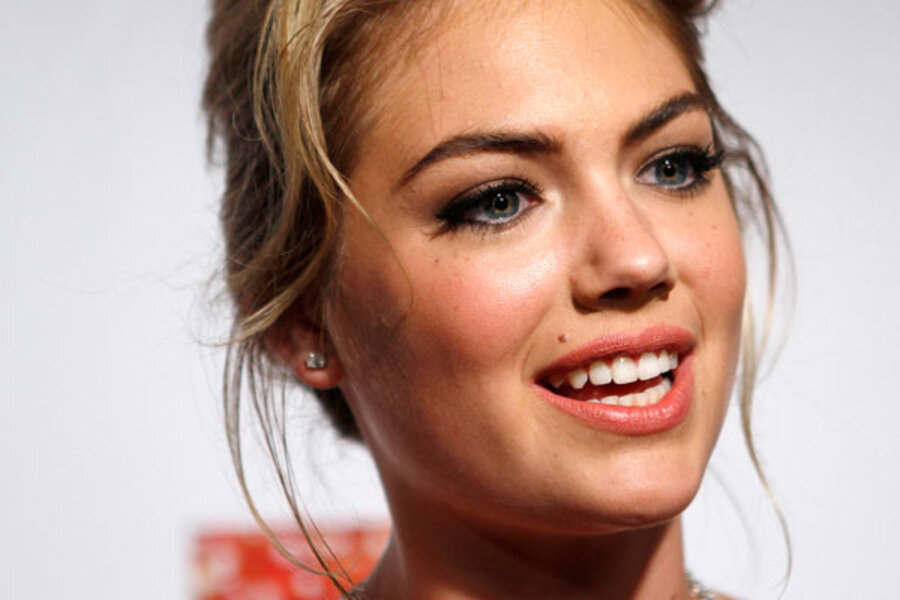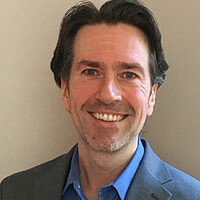Kate Upton look-alike: What are the odds?
A Russian student named Ania tweeted a photo of herself striking the pose made famous by model Kate Upton on the cover of this year's Sports Illustrated swimsuit issue. After Upton herself re-tweeted the image, it went viral, with news outlets referring to Ania as Upton's "dopplegänger."
We'll leave it to others to determine the extent to which Ania resembles the Michigan-born supermodel. But it does raise an interesting question: What are the odds of Upton, or anyone else for that matter, having an unrelated lookalike?
Even though the "identical stranger" is a major plot point in many works of fiction – from "A Tale of Two Cities" to no fewer than three episodes of "Gilligan's Island" – and even though there are some 7 billion people currently living on the planet, the odds of there being an exact physical copy of you are pretty slim. The number of genetic and environmental factors that go into fashioning your appearance is just too large.
Take just the face: A team of Dutch scientists last year announced that they have identified just five genes that determine prominent features of a person's face, including the face's width, the distance between the eyes, and the distance from the tip of the nose to its base. It doesn't sound like much, but no single variant of these genes has a particularly large effect on determining the shape of someone's face, and there are likely hundreds, if not thousands of variations of these five genes.
And that's just the shape. At least six genes govern skin pigmentation, and at least another 15 genes are associated with eye color. The genetics of your hair – its color, thickness, and curliness – is similarly complex.
Environmental factors also play a huge role in appearance, beginning in the uterine environment and continuing into adulthood. For instance, children who are well-fed, particularly during early childhood and puberty, will wind up taller than their less-nourished counterparts. (And of course overeating can also have dramatic effects on the shape of one's body.) Testosterone also plays a role in shaping your face – more of it makes for smaller-looking eyes and a more prominent jawline in boys. Because testosterone levels vary with social standing, it could be that the way you were treated as a kid has lasting effects on your mug.
The upshot is that, for two people to look exactly the same, it would require a mind-bogglingly improbable series of genetic coincidences, followed by an equally unlikely series of environmental events. Either that, or you'd need them to be identical twins. But even identical twins tend to look slightly different, as any parent of such twins knows.
That said, there's a pretty good chance that there's someone out there who sort of looks like you. The Montreal photographer Francois Brunelle has already found more than a hundred people for his "I'm not a look-alike!" project, which features similar-looking strangers, shot in black and white.
As for Upton's "double," Ania told Sports Illustrated that she had been told before that she resembles the swimsuit model. But she says that the real reason that she decided to replicate Upton's magazine cover was a far more ordinary coincidence: she happened to have the same white snow parka hanging in her closet.






